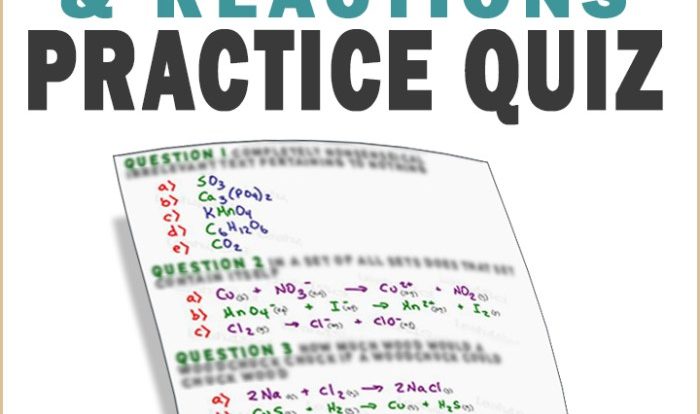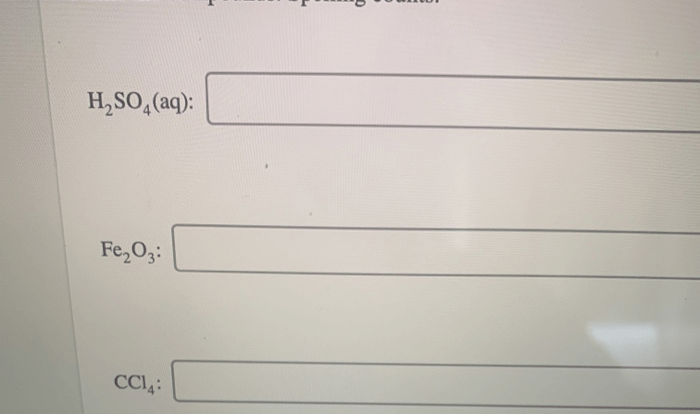Embark on a scientific odyssey with our meticulously crafted Sig Fig Worksheet Chemistry Answers, a beacon of knowledge that illuminates the intricacies of significant figures in chemistry. Prepare to delve into a realm where precision and accuracy reign supreme, empowering you to navigate chemical calculations with confidence and expertise.
Within these pages, you will discover the fundamental principles of significant figures, unravel their significance in chemical calculations, and master the art of determining their elusive presence. Armed with this newfound knowledge, you will conquer the challenges of rounding numbers, addition, subtraction, multiplication, and division, leaving no stone unturned in your pursuit of numerical mastery.
Significant Figures and Chemistry: Sig Fig Worksheet Chemistry Answers
In chemistry, significant figures (also known as significant digits) refer to the digits in a number that are known with certainty and one additional digit that is uncertain. Significant figures are used to express the accuracy and precision of a measurement or calculation.
Significant figures are important in chemistry because they allow us to correctly perform and interpret calculations. When performing calculations, it is important to round the answer to the correct number of significant figures. Rounding to the correct number of significant figures ensures that the answer is not more precise than the least precise measurement used in the calculation.
Rules for Determining the Number of Significant Figures in a Number
- All non-zero digits are significant.
- Zeroes between non-zero digits are significant.
- Leading zeroes (zeroes to the left of the first non-zero digit) are not significant.
- Trailing zeroes (zeroes to the right of the decimal point or at the end of a whole number) are significant only if there is a decimal point.
Sig Fig Worksheet Problems
Problem 1:Round the following number to 3 significant figures: 1.2345
Problem 2:Add the following numbers and round the answer to the correct number of significant figures: 1.23 + 4.567
Problem 3:Multiply the following numbers and round the answer to the correct number of significant figures: 2.34 x 5.67
Answer Key:
- Problem 1: 1.23
- Problem 2: 5.80
- Problem 3: 13.3
Sig Fig Applications in Chemistry
Significant figures are used in various chemistry applications, including:
- Determining the accuracy of measurements:Significant figures help us determine the accuracy of a measurement by indicating the number of digits that are known with certainty.
- Calculating the molar mass of a compound:Significant figures are used to determine the molar mass of a compound by multiplying the atomic mass of each element in the compound by its subscript and adding the products together.
- Determining the concentration of a solution:Significant figures are used to determine the concentration of a solution by dividing the number of moles of solute by the volume of the solution.
Interactive Sig Fig Exercises
Exercise 1:Determine the number of significant figures in the following number: 0.0025
Exercise 2:Round the following number to 2 significant figures: 12.345
Exercise 3:Add the following numbers and round the answer to the correct number of significant figures: 2.34 + 5.678
Feedback:
- Exercise 1: 2
- Exercise 2: 12
- Exercise 3: 8.02
Sig Fig Cheat Sheet, Sig fig worksheet chemistry answers
Rules for Significant Figures:
- All non-zero digits are significant.
- Zeroes between non-zero digits are significant.
- Leading zeroes are not significant.
- Trailing zeroes are significant only if there is a decimal point.
Examples:
- 1.23 has 3 significant figures.
- 0.0025 has 2 significant figures.
- 1200 has 2 significant figures.
General Inquiries
What is the significance of significant figures in chemistry?
Significant figures are crucial in chemistry as they dictate the accuracy and precision of experimental measurements and calculations. They represent the number of digits in a measurement that are known with certainty, plus one additional digit that is estimated.
How do I determine the number of significant figures in a number?
To determine the number of significant figures in a number, follow these rules:
- All non-zero digits are significant.
- Zeros between non-zero digits are significant.
- Trailing zeros after a decimal point are significant.
- Leading zeros are not significant.
How do I round numbers using significant figures?
When rounding numbers using significant figures, the following rules apply:
- If the digit to be dropped is less than 5, the last retained digit remains unchanged.
- If the digit to be dropped is greater than 5, the last retained digit is increased by 1.
- If the digit to be dropped is 5, the last retained digit is rounded up if it is odd, and down if it is even.


